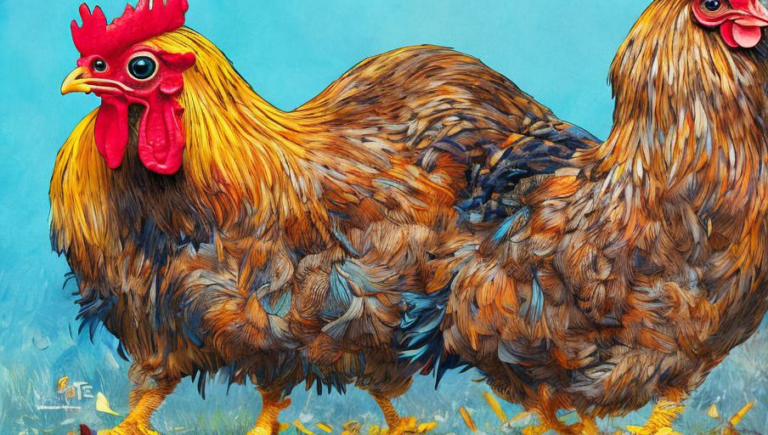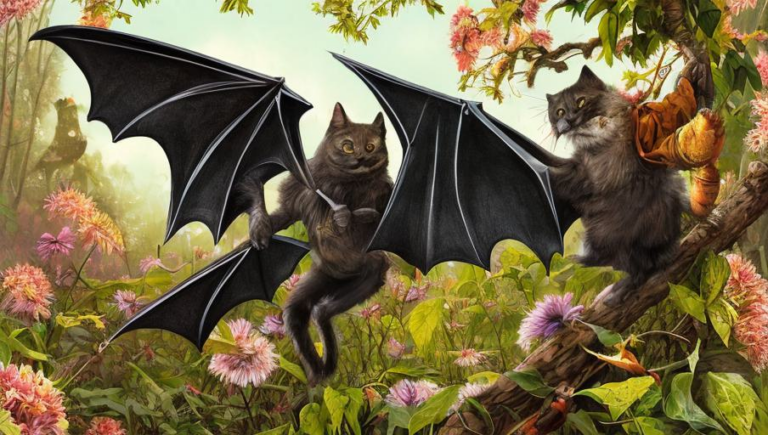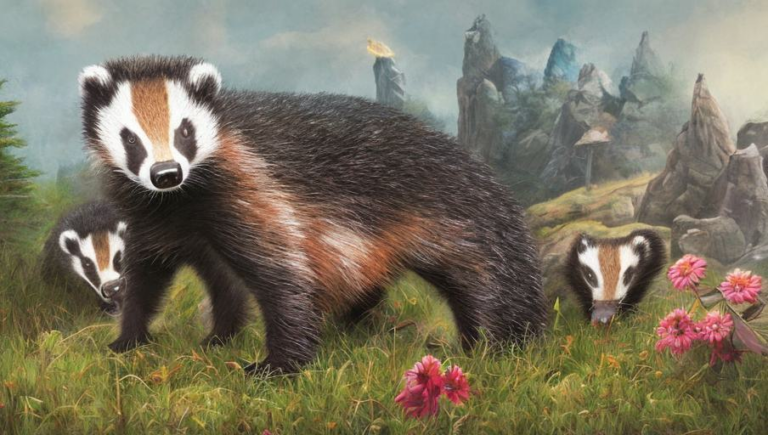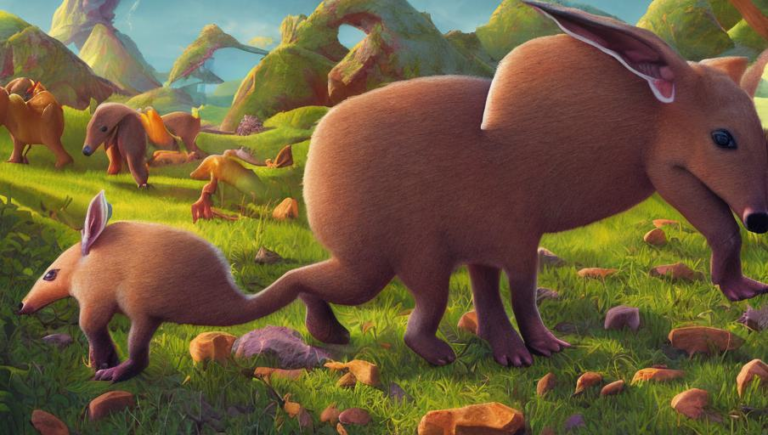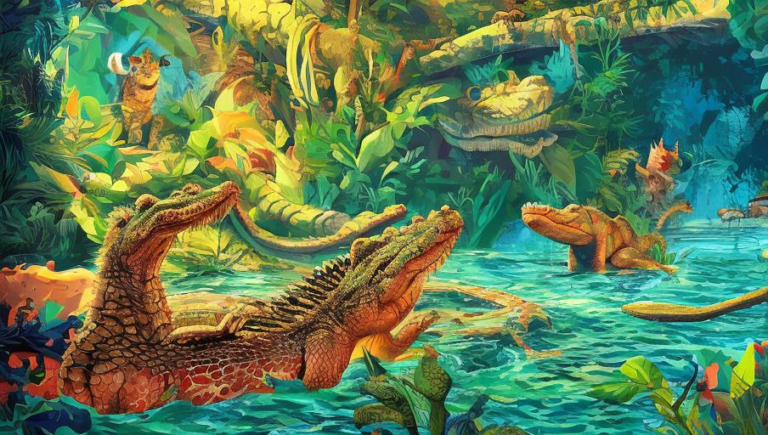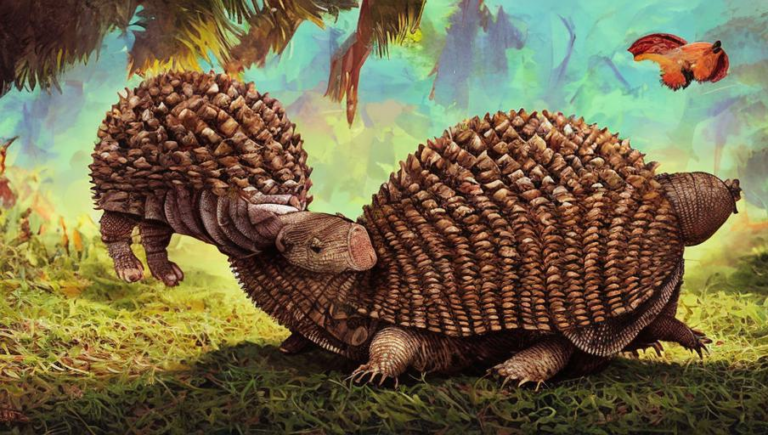Uncovering Anteater Habits
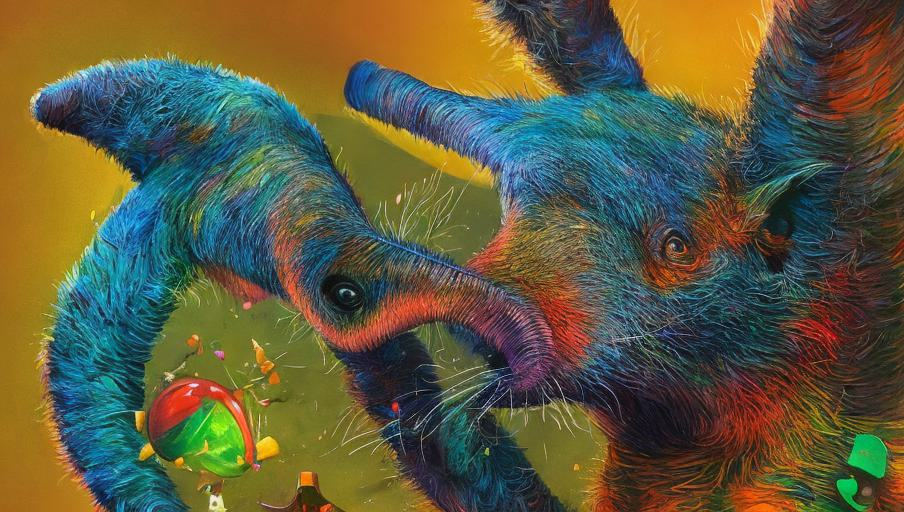
Introduction
Anteaters are some of the most unusual creatures in the animal kingdom. They have a unique appearance and a fascinating diet, and their behavior is unlike that of any other species. Although they are not often seen in the wild, anteaters can still be found in the forests, grasslands, and savannas of Central and South America.
Physical Characteristics
Anteaters have a long, slender snout that is covered in fur and is used to locate and capture prey. They have a thick, shaggy coat of fur that helps protect them from predators and the elements. They have a large, powerful tail which helps them balance and also serves as a weapon to ward off predators. They have long, powerful claws which they use to dig up termite mounds and ant nests.
Diet
Anteaters feed mainly on ants and termites, but they also eat other insects and spiders. They use their long snouts to locate prey and their powerful claws to dig up ant mounds and termite nests. They are able to swallow large quantities of their prey whole, and they have no teeth to chew their food. Their diet provides them with the protein and energy they need to survive.
Behavior
Anteaters are solitary creatures and prefer to be alone. During the day, they will often rest in burrows or in hollow trees. They are active mainly at night, when they search for food. They are also excellent climbers, and can often be seen climbing trees to reach their prey.
Conservation
Unfortunately, anteaters are threatened by habitat destruction and deforestation due to human activities. They are also hunted for their meat and fur, and their populations are decreasing. To ensure their survival, conservation efforts are needed to protect their habitats and reduce hunting. In addition, captive breeding programs are being developed to increase the number of anteaters in the wild.
Conclusion
Anteaters are fascinating creatures with unique physical characteristics and behaviors. They are threatened by human activities, but conservation efforts are being taken to protect them and ensure their survival. By learning more about these creatures and their habits, we can help to ensure their future.
